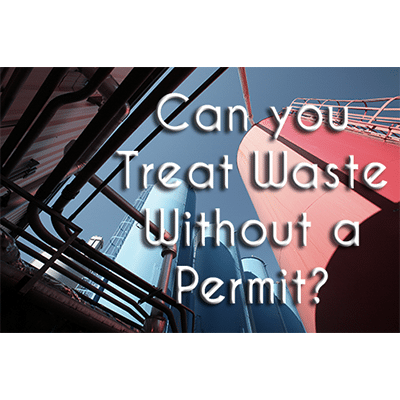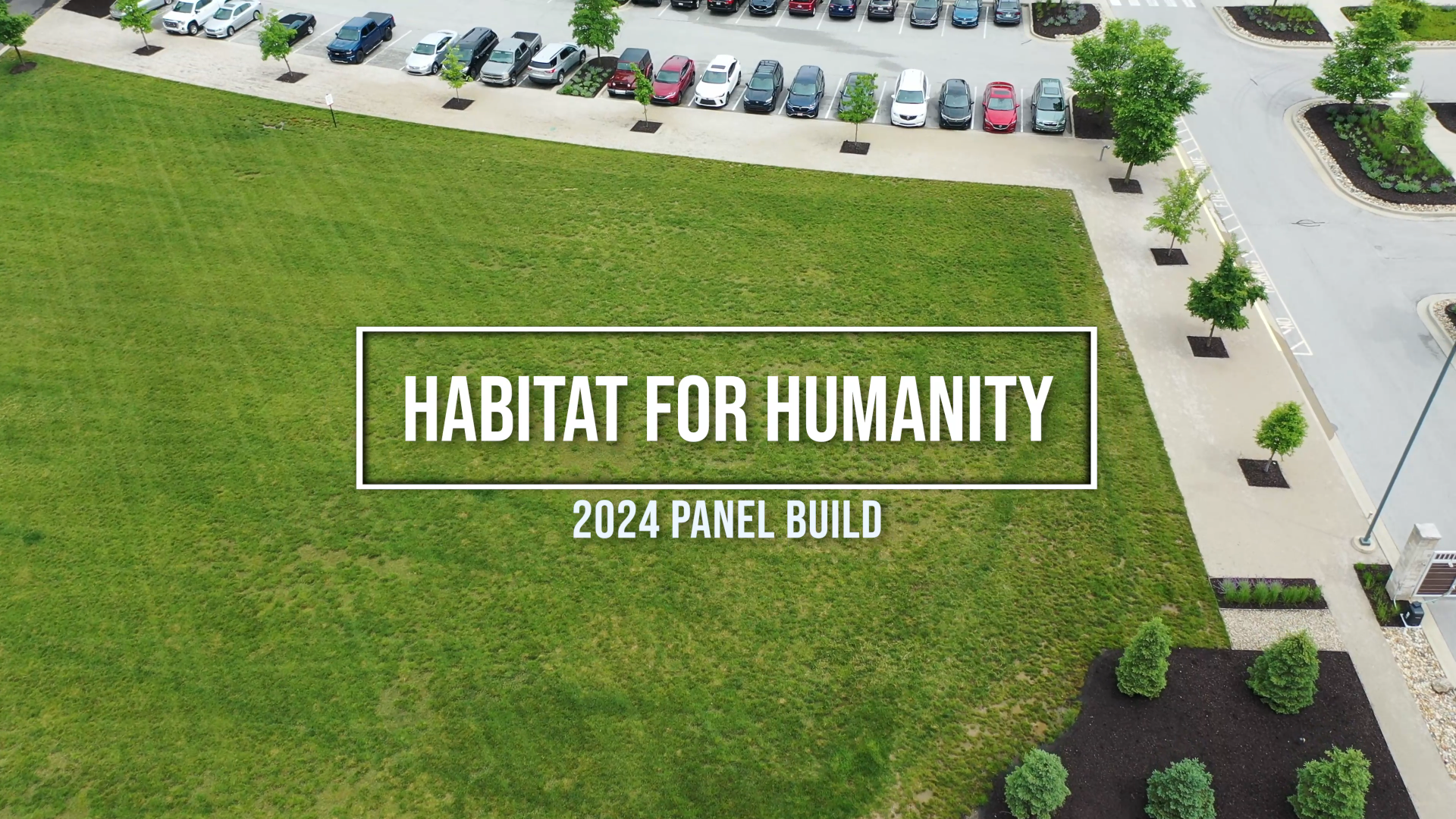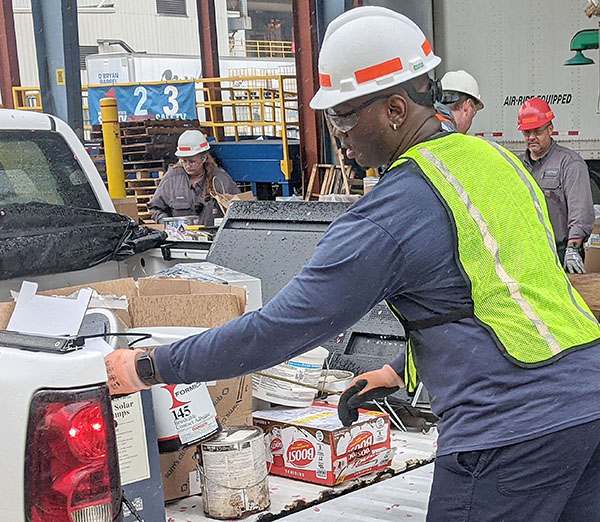
A recent article posted by the Environmental Resource Center raised an interesting question; can you treat waste without a permit? Surprisingly enough, in some cases, you can. 40 CFR 270.1(c) states that hazardous wastes listed in 40 CFR 261 require a permit for treatment, storage, and disposal. In 40 CFR 270.1(c)(2), however, you can find a list of exclusions from the requirement to have a RCRA permit. These exclusions include the following generator types and instances:
- “Generators who accumulate hazardous waste on-site for less than the time periods provided in 40 CFR 262.34.
- Farmers who dispose of hazardous waste pesticides from their own use as provided in §262.70 of this chapter;
- Persons who own or operate facilities solely for the treatment, storage or disposal of hazardous waste excluded from regulations under this part by 40 CFR 261.4 or 261.5 (small generator exemption).
- Owners or operators of totally enclosed treatment facilities as defined in 40 CFR 260.10.
- Owners and operators of elementary neutralization units or wastewater treatment units as defined in 40 CFR 260.10.
- Transporters storing manifested shipments of hazardous waste in containers meeting the requirements of 40 CFR 262.30 at a transfer facility for a period of ten days or less.
- Persons adding absorbent material to waste in a container…and persons adding waste to absorbent material in a container, provided that these actions occur at the time waste is first placed in the container; and
- Universal waste handlers and universal waste transporters managing batteries, pesticides, mercury-containing equipment, and/or lamps. “ [1]
According to the ERC, “40 CFR 262.34 requirements include the 90-day and 180-day accumulation regulations for large quantity generators (LQGs) and small quantity generators (SQGs), meaning that as long as a generator complies with the requirements of 40 CFR 262.34, they do not need a RCRA permit.”
The Environmental Resource Center also points out that, “most of the treatment technologies identified at 40 CFR 268.42 do not require a permit—with the technologies that do require a RCRA permit usually involving combustion.” Additionally, they provide a list of some of the treatment types that generators in compliance with 40 CFR 262.34 are able to perform without a permit. These include, among others, the following:
- DEACT – “Deactivation to remove the hazardous characteristics of a waste due to its ignitability, corrosivity, and/or reactivity.”
- MACRO – “Macroencapsulation with surface coating materials such as polymeric organics (e.g., resins and plastics) or with a jacket of inert inorganic materials to substantially reduce surface exposure to potential leaching media. Macroencapsulation specifically does not include any material that would be classified as a tank or container according to 40 CFR 260.10.”
- NEUTR – “Neutralization with the following reagents (or waste reagents) or combinations of reagents: (1) Acids; (2) bases; or (3) water (including wastewaters) resulting in a pH greater than 2 but less than 12.5 as measured in the aqueous residuals.”
- POLYM – “Formation of complex high-molecular weight solids through polymerization of monomers in high-TOC D001 non-wastewaters which are chemical components in the manufacture of plastics.”
- STABL – “Stabilization with the following reagents (or waste reagents) or combinations of reagents: (1) Portland cement; or (2) lime/pozzolans (e.g., fly ash and cement kiln dust)—this does not preclude the addition of reagents (e.g., iron salts, silicates, and clays) designed to enhance the set/cure time and/or compressive strength, or to overall reduce the leachability of the metal or inorganic.” [2]
It is important to note that the exemptions listed apply only in states that allow for them. As always, this blog post is not intended to be comprehensive and it is always best to check with the EPA and local government for full, up-to-date, rules and regulations.
More News From Heritage
-
6/27/24
Heritage Environmental Services to Acquire EBV from General Dynamics
Heritage Environmental Servicess, an EQT Infrastructure portfolio company, will acquire EBV from General Dynamics
-
6/13/24
Meet The Facilities – East Liverpool
An inside look at our incineration facility located in East Liverpool, OH
-
5/24/24
Habitat for Humanity 2024
Heritage hosted our 14th annual Habitat for Humanity build this month, partnering with over 50 employees from various THG companies.
-
5/6/24
Date set for the household hazardous waste collection in East Liverpool, Ohio
-
3/12/24
Equal Pay Day – Spotlighting Our Female Drivers
-
3/8/24
International Women’s Week Spotlight – Shannon Dippel
For International Women's Week, we're spotlighting some of the incredible women in the Heritage family. Our final spotlight is Shannon Dippel.
-
3/8/24
International Women’s Week Spotlight – Susan Adams
For International Women's Week, we're spotlighting some of the incredible women in the Heritage family. Our sixth spotlight is Susan Adams.
-
3/7/24
International Women’s Week Spotlight – Lea Wilson
For International Women's Week, we're spotlighting some of the incredible women in the Heritage family. Our fifth spotlight is Lea Wilson








